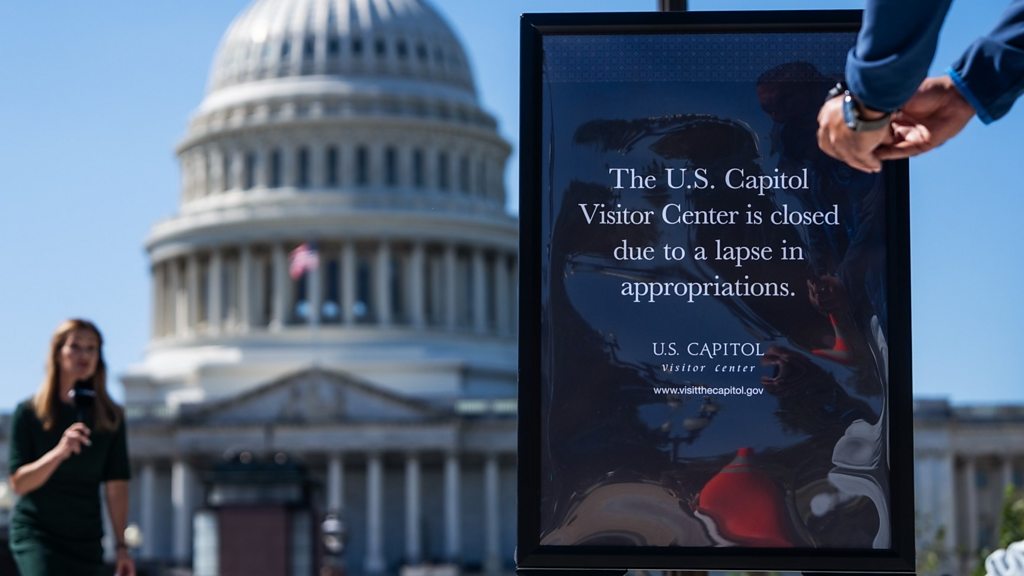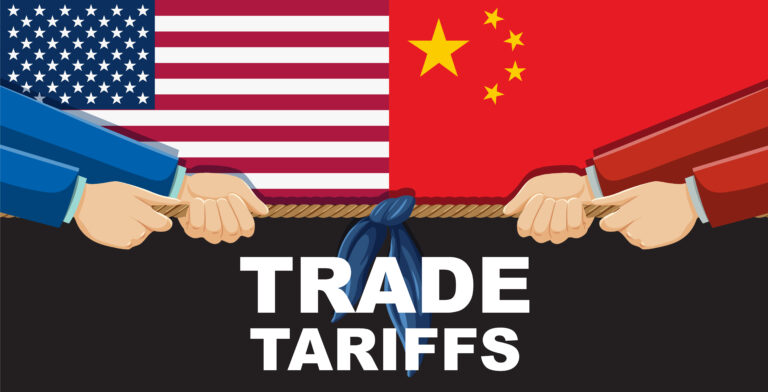
Congressional Deadlock and Shutdown Origins
The 2025 US government shutdown began on 1 October, marking one of the most prolonged and politically tense episodes in recent years. The shutdown was triggered by Congress’s failure to reach an agreement on appropriations bills required to fund the federal government for the new fiscal year. Contentious debates over federal spending priorities, which included health subsidies, welfare, and foreign aid, fueled deep divisions between Democrats and Republicans. Multiple attempts to pass stopgap measures ultimately ended in a stalemate, reflecting broader dysfunction in the legislative process and entrenched polarization.
Impact on Federal Agencies and Public Services
With the shutdown in effect, non-essential government operations were immediately suspended or scaled back. Approximately 800,000 federal employees were furloughed, while 700,000 continued working without current pay. This has resulted in widespread economic uncertainty for thousands of American families. Key social services, such as Medicare, Medicaid, and Social Security, continued, but agencies overseeing health, science, environmental management, and national parks faced severe operational disruptions. The closure of museums and the delay of scientific research projects created ripple effects for education, innovation, and public welfare.

Political Messaging and Administrative Changes
Political blame shifted rapidly between parties, with both sides accusing one another of intransigence and obstructionism. The Trump administration used the shutdown to advocate for reduced bureaucracy. They were even considering layoffs in targeted agencies rather than traditional furloughs. This move raised alarm over the potential permanent loss of public sector jobs. Some government websites and communications openly attributed the shutdown to partisan opposition, blurring traditional lines of federal neutrality.
Economic and Global Consequences of the Shutdown
The shutdown’s economic consequences have been immediate and severe. Federal contractors and aid recipients experienced delayed payments, and regulatory agencies slowed or halted critical reviews. Financial markets and global supply chains experienced volatility as investors responded to uncertainty over government spending, a regulatory freeze, and the absence of economic data releases. Delays at US ports and customs have further impacted international trade, affecting manufacturing and logistics partners worldwide and eroding confidence in America’s ability to manage crises.
Outlook and Prospects for Resolution
Historically, government shutdowns end with negotiations under intense public and economic pressure. However, the current situation poses a unique structural risk. There is a threat of layoffs and deeper administrative cuts, leaving lasting scars even after the government reopens. The shutdown has laid bare a crisis not only in budget negotiation but also in the function and credibility of democratic institutions. Its resolution is likely to hinge on mounting discontent both on Wall Street and in everyday American life, setting the stage for a pivotal period in US political history.
In conclusion, the 2025 US government shutdown is more than a temporary crisis—it is a reflection of profound institutional challenges and a test of both political resilience and global stability.
For more such articles, check out the World Times.



